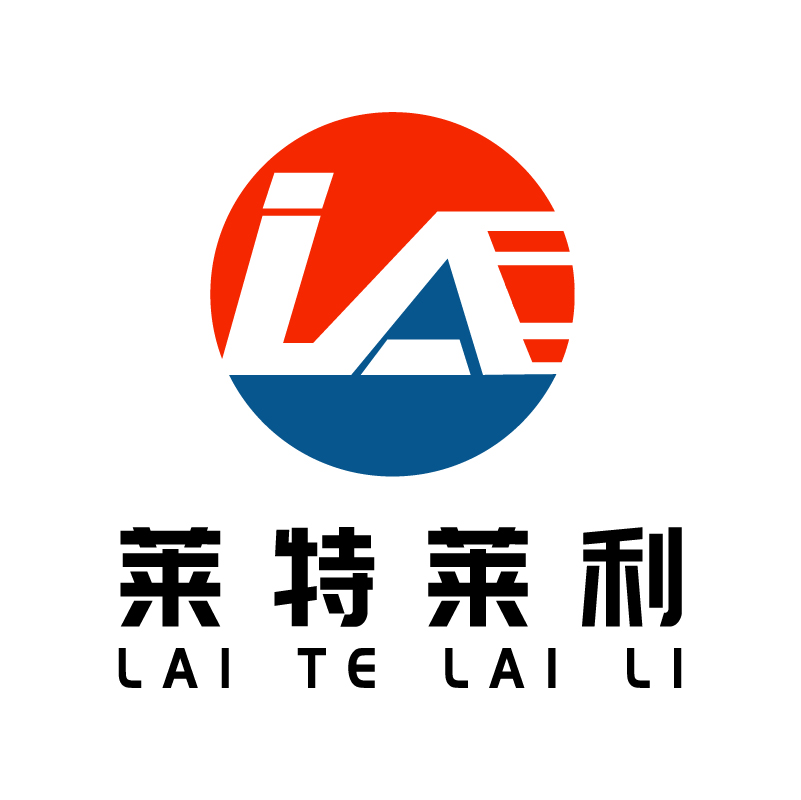Does the cost of different printing methods of BOPP synthetic paper vary greatly?
The cost difference between different printing methods of BOPP synthetic paper does exist, and may be relatively large, which mainly depends on the technical characteristics of the printing method, equipment investment, production efficiency and material consumption and other factors. The following is a rough analysis of the cost differences of several common printing methods:
1. Gravure printing
Cost characteristics: gravure printing has advantages in printing high-quality packaging materials, but its equipment investment is large, and the cost of plate making is relatively high. At the same time, due to the thicker ink layer of gravure printing, ink consumption may be larger, which increases the cost of materials.
Application scenario: Suitable for high-volume, high-quality printing tasks, such as high-end packaging, labels, etc.
2. Flexographic printing
Cost characteristics: Flexographic printing has the advantages of moderate equipment investment and relatively low plate making cost. At the same time, the ink layer control of flexographic printing is more flexible, and the ink amount can be adjusted according to needs, which helps to save ink. In addition, flexographic printing has high production efficiency and is suitable for mass production.
Application scenario: Widely used in the field of packaging printing, especially the printing of corrugated cardboard, plastic film and other materials.
3. Offset printing (lithography)
Cost characteristics: The equipment investment of offset printing is relatively large, but the plate making cost is moderate. Its printing quality is stable, suitable for printing graphic publications and packaging materials. However, for some special materials (such as BOPP synthetic paper), special processing processes and equipment may be required, which increases the cost.
Application scenario: It is suitable for the printing of books, magazines, posters and other publications, as well as the printing of some packaging materials.
4. Digital printing
The biggest advantage of digital printing is that there is no need to make plates, shorten the production cycle, and reduce the cost of small batch production. However, for mass production, the unit cost may be higher than that of traditional printing methods. In addition, the cost of equipment and supplies for digital printing is also relatively high.
Application scenario: Very suitable for small batch, multi-variety fast printing needs, such as personalized packaging, short edition books, etc.
Cost variance analysis
Equipment investment: Intaglio and offset printing equipment investment is usually large, while flexographic printing and digital printing equipment investment is relatively moderate or flexible.
Plate making cost: The plate making cost of gravure and offset printing is higher, especially gravure printing; Flexographic printing and digital printing have relatively low or no plate making costs.
Material consumption: The ink consumption and printing effect of different printing methods are different, which may affect the material cost.
Production efficiency: Flexographic printing and gravure printing usually have high production efficiency, suitable for mass production; Digital printing is more suitable for small batch production.
In summary, the cost differences of different printing methods of BOPP synthetic paper are mainly reflected in equipment investment, plate making cost, material consumption and production efficiency. The specific choice of printing method needs to be considered according to the design needs of the product, production volume, cost budget and delivery time and other factors.



